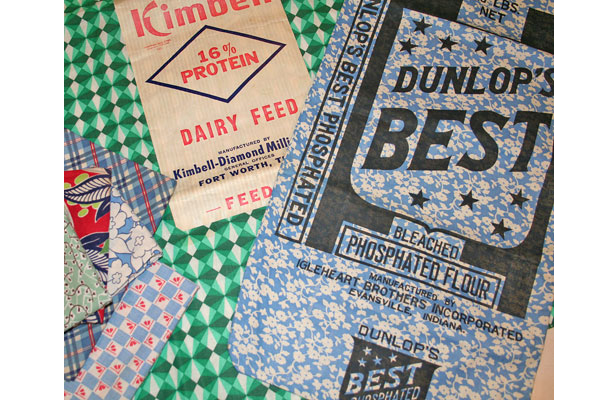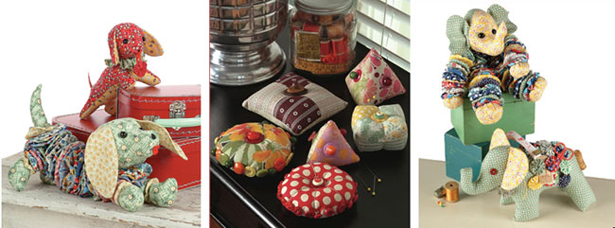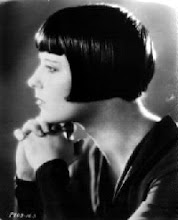VINTAGE NOTIONS
By Amy Barickman
Its official, I have fallen in love..... with a book! Ms. Amy Barickman has released a delightful and I must say De-lovely book on the vintage way of life. Her book Vintage Notions, is a treat for those of us who are die hard vintage enthusiasts that is absolutely and positively Delish! This book was born from a 20 year journey of collecting rare sewing, books needlework books, home arts magazines and cookbooks that lead her to the works of Mary Brooks Picken.
"I first discovered Mary in the summer of 2008, while returning from a creative workshop in Omaha, Nebraska. I began reviewing several vintage newsletters and magazines that I had collected while hunting for artwork for The Vintage Workshop. They were published by The Woman’s Institute of Domestic Arts and Sciences in Scranton, Pennsylvania, between 1916 and 1934, and they were inspiring. Combing through the aged pages of these wonderfully illustrated and beautifully written publications, I realized that they were still relevant today and provided a blueprint for a simple, fulfilling life."-Amy
Mary Brooks Picken was the founder of The Women's Institute of Domestic Arts and Sciences. Her insitiute enabled women through correspondence courses to learn dressmaking, millinery, cooking, fashion design, beauty, and homemaking. It was the largest school in history devoted to the education of women which at one time commanded an enrollment roster of over 300,000 women! What an accomplishment for a woman at the turn of the 20th century. Amy made it her mission to resurrect the work of this amazing woman by sharing with us a rich collection of Mary's essays, recipies and tips for women that can still be implemented today.
Amy has done a wonderful job of capturing the essence of Mary's teachings, preserving the integrity of her work while at the same time modernizing her work by interweaving her own modern tips and suggestions to make it easier for us to take advantage of the wisdom and instruction Mary shared with the women of her generation over 100 years ago!
To order a copy of Amy's book and for more information on her company, her web address is:
www.amybarickman.com

 I thoroughly enjoyed writing last week’s history piece on mother-of-pearl buttons. So much so that I thought I would write another vintage/history post this week on the always glamorous topic of …wait for it…feedsacks.
I thoroughly enjoyed writing last week’s history piece on mother-of-pearl buttons. So much so that I thought I would write another vintage/history post this week on the always glamorous topic of …wait for it…feedsacks.



